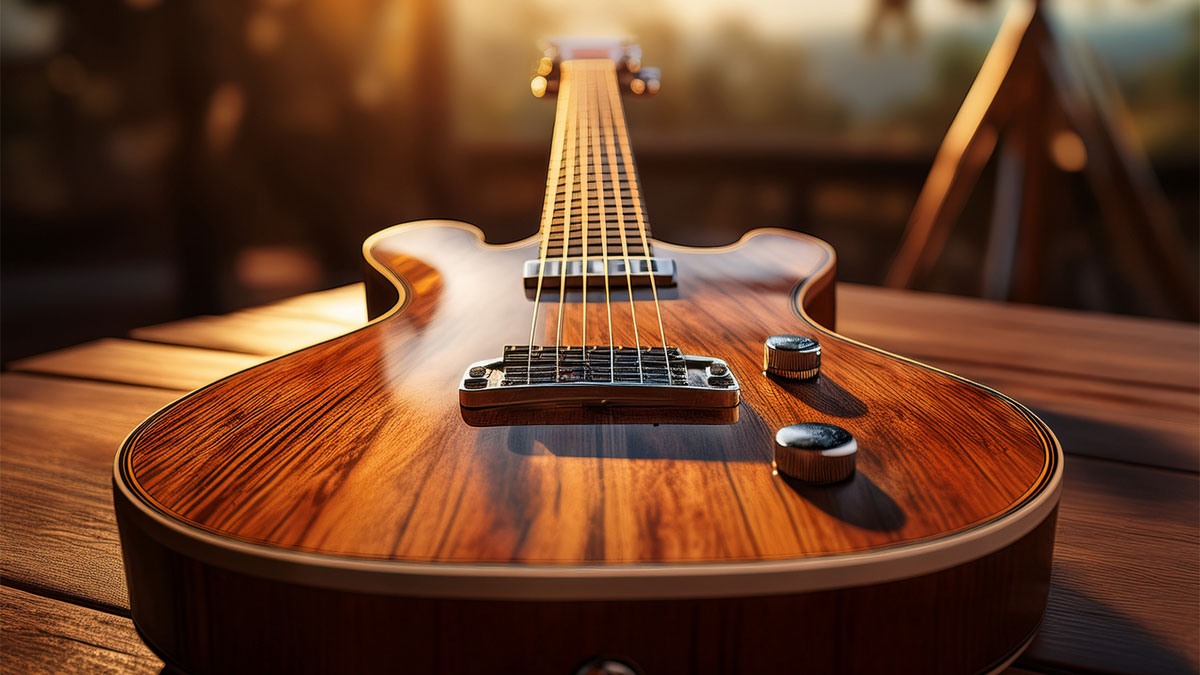Whenever we envision an electric guitar, we tend to imagine the body, the neck, the fretboard and the pickups. These are the best electric guitar passages that come to mind. In every electric guitar, there is an unsung hero, which is sadly ignored by novices, and even by some experienced players: the wiring. Yes, the complex web of wires and electronics within your guitar could change the world in the way you sound, the tone and how easily you play.
Strap in, it is even more interesting out there in the world of guitar wiring than you may imagine!
Art of Wiring Guitars
One can simply assume the wiring in our guitar. Well, it is there under the skin, in the holes of the guitar body. However, as all a professional guitarist understands, the secret of an electric guitar is in the unity of its parts. Every part, from the pickups to the switches and all the others, combines to produce the sound that we enjoy. And, as a chain is no better than its weakest link, your guitar can sound like a guitar with good wiring or a guitar with bad wiring.
Quality wiring ensures a clean, clear signal that faithfully transmits sound from the pickups in your amp. All the electric guitar parts, such as pickups, volume knobs, tone pots and the output jack, are wired. A trip on any fault of the wiring may cause hum, buzz or loss of signal. On the other hand, a completed wiring job will provide interference-free performance.
Important Guitar Components
To get a better idea of why wiring is important, we can dissect the major components of a guitar that would not work properly without it;
Pickups: The Heart of Your Tone
Pickups are the most important components of an electric guitar’s sound. They translate the vibrations of the strings into an electrical signal, which is then sent via the wiring to your amplifier. The pickups are wired up to the tone and volume controls, and finally, the output jack. All wiring schemes (single-coil, humbucker, or active pickups) are based on a thoughtful wiring system to achieve the desired sound. Bad wiring may cause weak signals or undesirable interference, which distorts the sound.
Volume and Tone Pots: How to Shape Your Sound
It is the volume and tone pots that you use in shaping the sound when playing. These pots regulate the strength of the signal and will be able to regulate the bass, mids and treble of your tone. These knobs are wired to the pickups and potentiometers, allowing you to have complete control over your sound. The wiring is what transports the electrical signal between one part and another when you turn the volume up or down, or when you change the tone, ensuring that the electrical signal is conveyed in your sound.
Switches: Changing Your Sound at Will
The pickup switch is a switch that enables you to activate and deactivate various pickups on your guitar, as well as mix pickups and generate different sounds. Once again, this component is extremely reliant on wiring to guide the signal to the appropriate pickup. It is a quality of your wiring that makes your switch crackle-free or buzz, whether you are changing a neck pickup to a bridge pickup or using a coil-split feature on a humbucker.
Output Jack: The Final Link
The guitar is connected to the outside world through your output jack. That is where the electrical signal that the pickups grab appears out of the guitar, and it goes to your amplifier. Assuming that the wiring to the output jack is not done correctly, there may be an intermittent loss of signal, or worse, it may not signal at all. At this stage, a good signal to your amp is ensured steadily and reliably through good connections and quality components.
The Dissimilar Wiring and Its Effect on Sound
Not every wiring is an equal. Quality of the components, type of wire, and arrangement of the wiring all contribute to the overall sound of your electric guitar. The various types of wiring and the resulting tone are briefly described here:
Vintage Wiring
Vintage wiring refers to the older scheme used in older guitars, which is typical of classic Fender and Gibson guitars. A warm, continuous sound with a small high-frequency roll-off characterizes it. Vintage wiring could be a suitable solution for your needs if you prefer classic rock or blues. It is also connected with its very easy reaction to tone and volume pots, supplying a more natural taper as the controls are turned.
Modern Wiring
The wiring in the modern world is much more transparent and direct. It is commonly used in guitars with humbuckers or active pickups and can produce high-gain sounds that are far better than those achieved with older wiring. This method of wiring allows you to achieve the maximum tonal range of your pickups, making it best suited for genres such as metal or hard rock, where clarity and punch are essential.
Push/Pull and Coil Split Wiring
Most modern guitars also feature push/pull pots that can be used to coil-split, allowing a humbucker to sound like a single-coil pickup. This provides the players with an increased tonal range. This wiring is not as straightforward as standard wiring, but it can still offer a broad scope of sonic capabilities, allowing you to have the best of both worlds.
Why Quality Wiring Matters
Even the components themselves may not be the sole determinant in what your guitar will sound like, but the arrangement of the way the components are wired to each other is also vital. This is why such an important difference can be achieved with good wiring:
Noise Reduction
Minimizing electrical noise is one of the primary reasons why investing in quality wiring is essential. Poor shielding or wires of low quality may result in hum and buzz in your sound, particularly where high gain is involved. The use of high-quality wiring materials, such as shielded and well-grounded connections, reduces electromagnetic interference (EMI), resulting in a cleaner signal.
Signal Integrity
Another issue that may impact the performance of your guitar is signal loss. A weak electrical signal may be caused by poor wiring or a low-quality wire, resulting in weak, muddy tones. Good wiring ensures a high-quality, strong, and consistent signal that accurately reproduces the sound of the pickups at the amp.
Long-Term Durability
A good wiring job will last a long time compared to a low-cost wiring job. Poor wiring will eventually result in short circuiting, frayed cables or damaged parts. This may lead to expensive repairs or, worse still, lead to failure. When considering the durability of your wiring, it is also essential to have high-quality wiring that will last a long time.
Conclusion
During the construction or remodeling of an electric guitar, one is likely to concentrate on flashy components, such as the pickups, the neck, and the body. Still, one should not dismiss the significance of wiring quality. Then again, it is the wiring that holds all these parts of a guitar together and makes the signal flow without obstruction or hindrance.
Next time you take your guitar, just give up a moment to think about the magic that occurs in the background. It is those little wires, connectors and components that come together to play the music you love in your sound, your tone and the experience you get playing.





